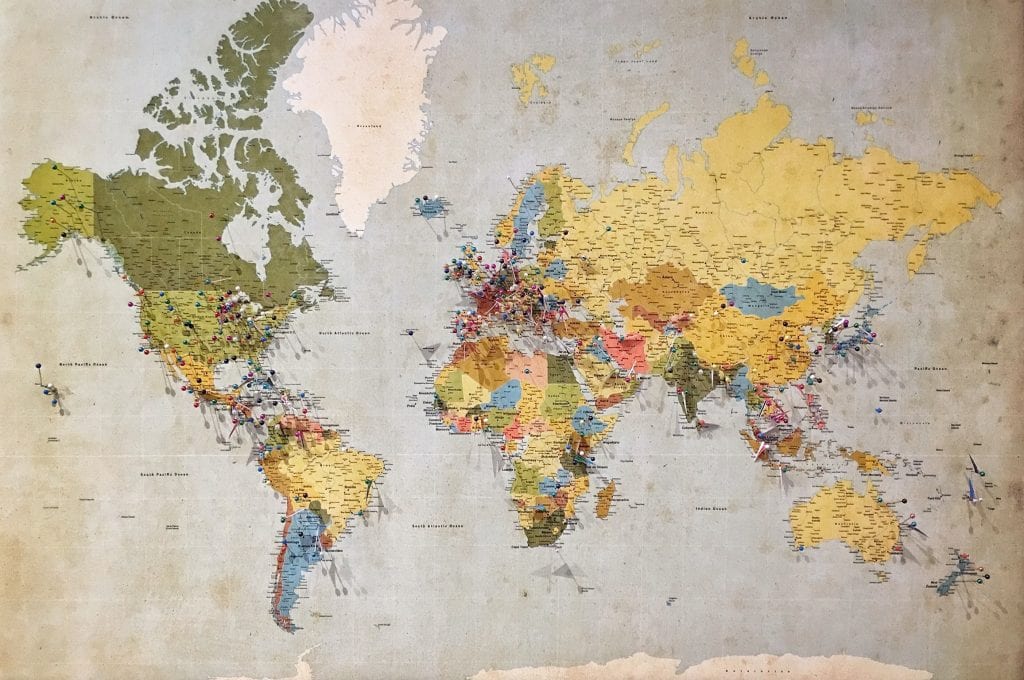Those working in the payments industry will likely be familiar with the ongoing transition to ISO 20022 as a global messaging standard. The real momentum shift started occurring in the past 5-10 years with the introduction of new real-time payments rails in multiple markets across the globe.
This carried further into the cross-border discussion and is now part of modernization projects for not only SWIFT, but domestic RTGS systems such as Fedwire in the U.S. This brief article in AB serves as a reminder that change is underway, and banks need to be prepared for the transition during the next several years.
We of course have been commenting on the same topic through this channel and other member research for some time now.
‘The use of ISO 20022 became the key element in faster payments around the world. It was discussed early on in Federal Reserve discussions about faster payments, and became a core aspect of The Clearing House RTP network when it was launched in the U.S….ISO 20022 had its beginnings as an international standard a decade ago when the European Union began moving to the Single Euro Payments Area as a way for the continent to handle cross-border payments in the same manner….Its success in Europe led to many global corporations touting ISO 20022 as a standard that rationalized their cross-border payments — and it led to more questions about how banks could make it a global standard….Institutions handling high-value payments were fairly quick to get on board, and in the U.S the conversation became whether the ACH process should move to an ISO format. Initially, there was no business case for it.’
In the U.S. those banks that have established network connections to RTP, of which about 20% are proprietary and the remaining ones are through TPSPs, will have begun the journey. However, eventually any institution utilizing SWIFT, Fedwire and/or CHIPS will need to incorporate the de-facto global standard into their financial operations since conversions will be occuring.
The pandemic has delayed specific deadline announcements but it’s safe to say that in three years the ISO 20022 journey will need to be an integral part of payments infrastructure execution. The article gets into some of the benefits, etc. of the standard, which you can read about. The bottom line is to get ready.
‘Bank executives have known for years that they need to collaborate on building guidelines for cross-border payments and clarifying the role ISO 20022. Swift created a working group of international payments experts two years ago to dive deeper into the process….Ultimately, with all of the complexities aside, bank systems and apps will have to handle more data when adopting ISO 20022. “There are a lot of downstream impacts with the ISO conversion,” Thomas said.’
Overview by Steve Murphy, Director, Commercial and Enterprise Payments Advisory Service at Mercator Advisory Group
